Description
Description and advantages of a farming of edible crickets
Introduction
Advantages of a farming of edible crickets for humans
Nutrition
Insects are interesting in research of new sources of proteins and offer alternatives to our traditional and non sustainable way of consumption . The cricket's energy intake is 120 kcal/ 100g ( weight when it is fresh) and its average protein content is 8-25g/100g ( weight when it is fresh). The cricket appears to be a really good source of proteins, omega 3 and 6 fatty acids, and minerals: iron, zinc, magnesium, copper,...
Ecology/ economy
Insect farming asks less water and feed than bovine, sheep and pig farming: their feed conversion capacity (the ability of an animal to convert a given weight of feed to body weight, represented in kg feed per kg of weight gain of the animal) is higher than those of the farming mentioned above. For example, it takes 10 kg of feed to produce 1 kg of beef while it takes 1.7 kg of feed to produce 1 kg of crickets.
The amount of greenhouse gases produced by insect farming is significantly less than that of livestock. From a logistical point of view, cricket farming has many advantages over large livestock farming: the area of land occupied is smaller, possible in urban areas. The low need for investment in infrastructure can enable poorer populations to start micro-farming, they can be raised on substrates made up of agricultural waste and fed with organic by-products.
Please note :
Matériaux
- Waterproof box
- Cartons: egg tray type
- A plastic glass
- 2 containers (dish)
- A tray
- Fine mesh
- Coconut fibre or ground dry matter
- Food for crickets (here finely crushed wheat)
Outils
Étape 1 - Insect-proof farming box
- Buy or make an insect proof farming box. In the case of making, it is possible to be inspired by thistuto.
Notes:
1) In our case, the farming box is 1m * 0.5m by 0.5m high.
2) The box must not be airtight for oxygen to circulate.
Étape 2 - Interior arrangement of the farming box.
- Place the egg cartons in the box, leaving a space between each carton.
- Make a drinking trough, such as a chicken trough, with a glass of plastic water in a cup lined with a wire mesh to leave a space between the cup and the glass ( there must not be too much water at the risk of drowning the crickets).
- Place a tray on the egg cartons large enough to hold the trough and feed for the crickets.
Étape 3 - The nest
- In a small open box place wet coconut fibre. It will be put into service during the breeding period, the crickets will come to lay eggs inside.
Étape 4 - How cricket farming works
- Se procurer des grillons d'espèces comestibles, sur internet ou en animalerie. Attendre la deuxième génération avant de les consommer s'ils proviennent d'animalerie.
- Nourrir les grillons avec du blé concassé ou toutes autres céréales réduites en poudre ainsi que des déchets végétaux (épluchures, etc).
- Lorsque les grillons se mettent à chanter (45 jours pour l'espèce de ce tuto), ils sont à maturité et entament la période de reproduction:
Placer le pondoir dans la boîte étanche en humidifiant légèrement la fibre.
- Laisser le pondoir durant 3 jours avec les adultes, les femelles viendront y pondre tant que la fibre de coco sera humide.
- Retirer les grillons adultes au bout de 3 jours.
- Ébouillanter les grillons avant de les consommer. Cela permet d'éliminer les éventuelles bactéries ou parasites présents dans les grillons, comme pour de la viande classique.
- Il y a différentes façon de consommer les grillons, (la suite à venir)
Étape 5 - Transformation / Consommation
- Ébouillanter les grillons avant de les consommer. Cela permet d'éliminer les éventuelles bactéries ou parasites présents dans les grillons, comme pour de la viande classique.
Remarques :
1) Il est possible de les consommer en l'état.
2) Un séchage permet une conservation de plusieurs semaines/mois.
3) Une réduction en poudre, incorporer à de la farine classique permet les blocage lié aux codes culturels.
4) Bientôt de plus amples informations sur l'élevage et la consommation.
Notes et références
- Tutoriel experimental réalisé par Pierre-Alain Lévêque et Arnaud Mayaux
- Edible insects - future prospects for food and feed security, 2013. FAO Forestry Paper No. 171. ( rapport de la FAO) [1]
- Méthode fournie par un agriculteur thaïlandais lors de la mission Nomade des Mers.
Published
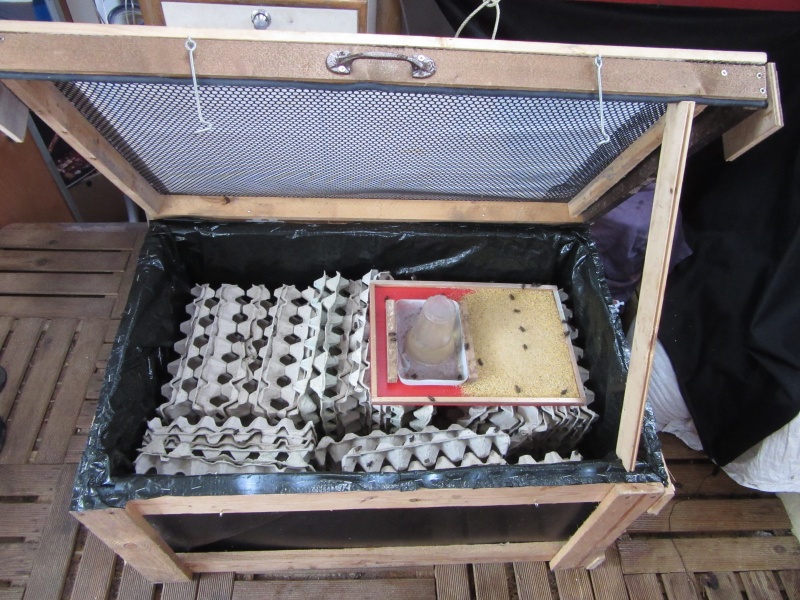
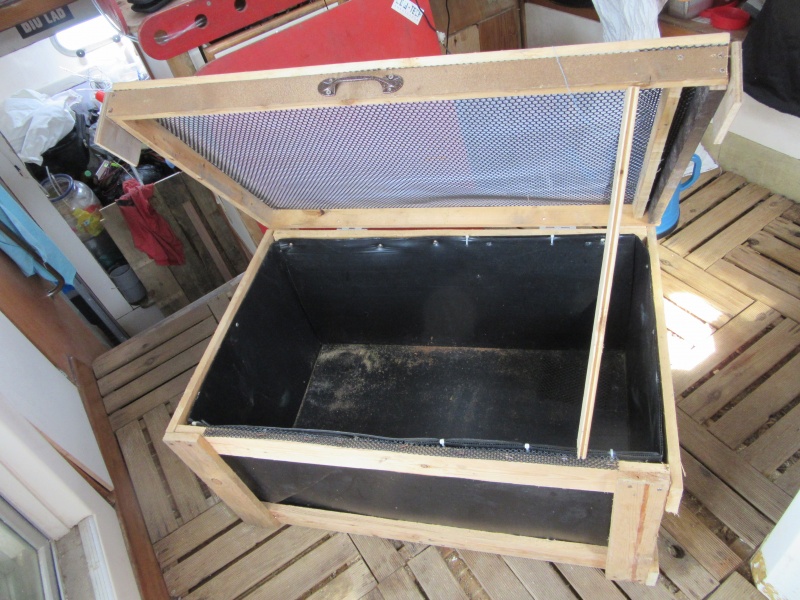
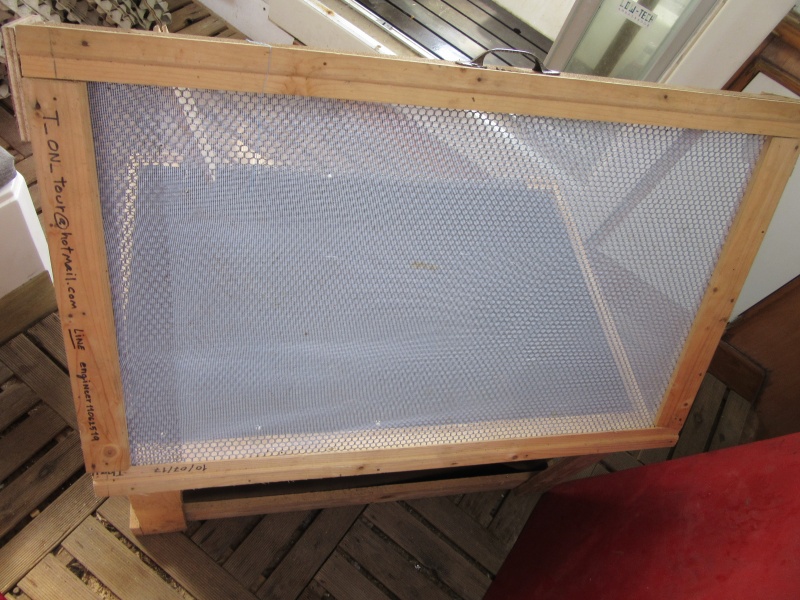
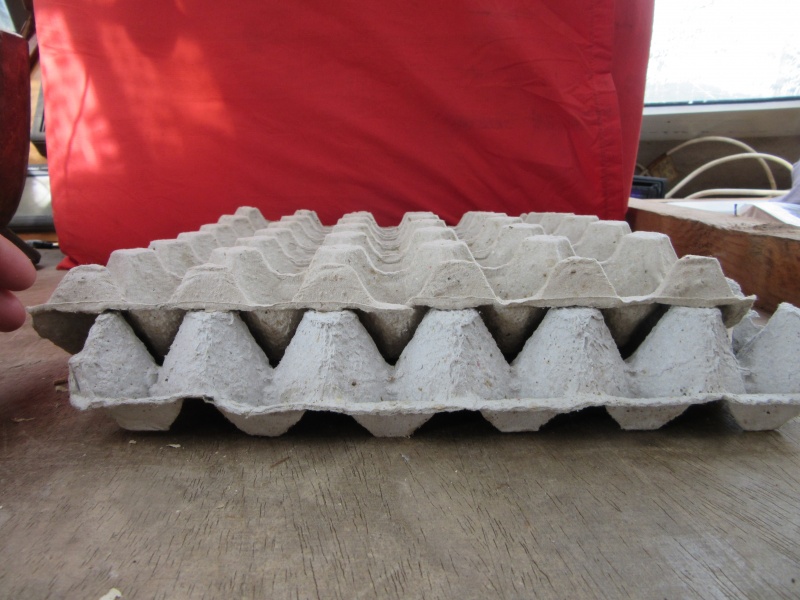
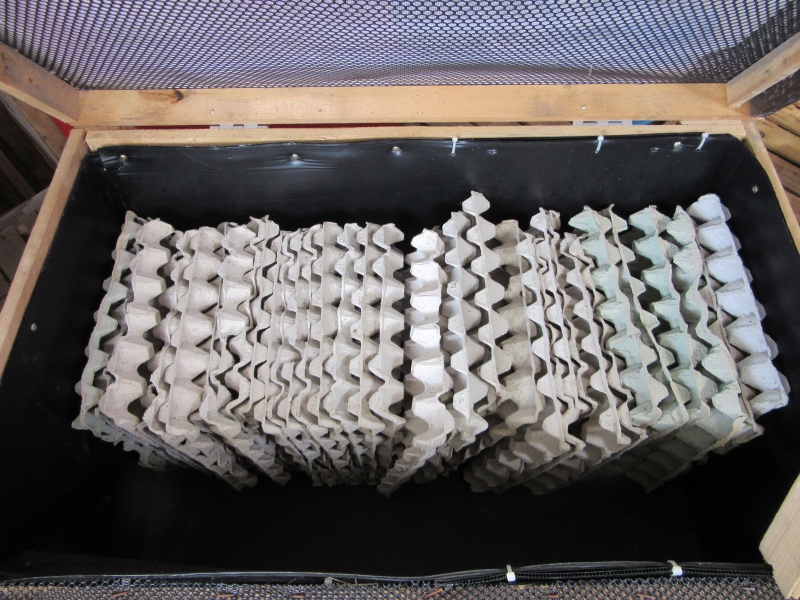
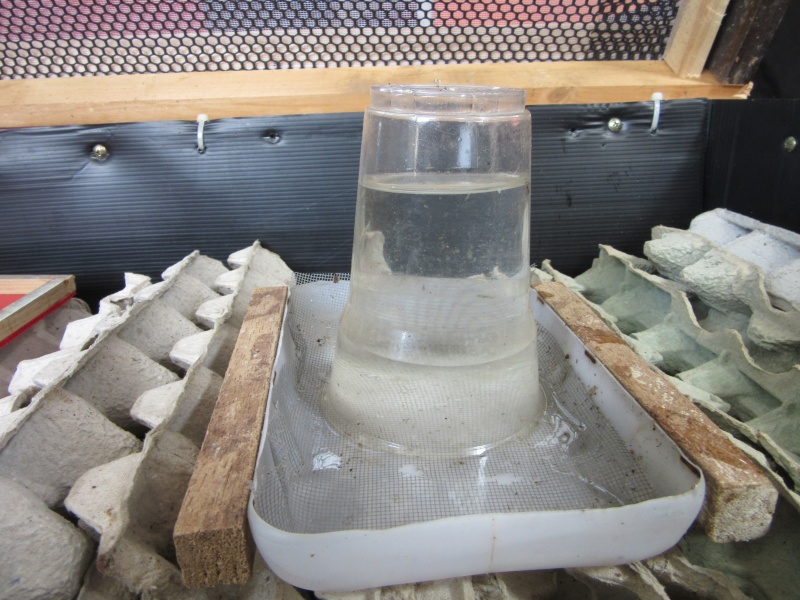
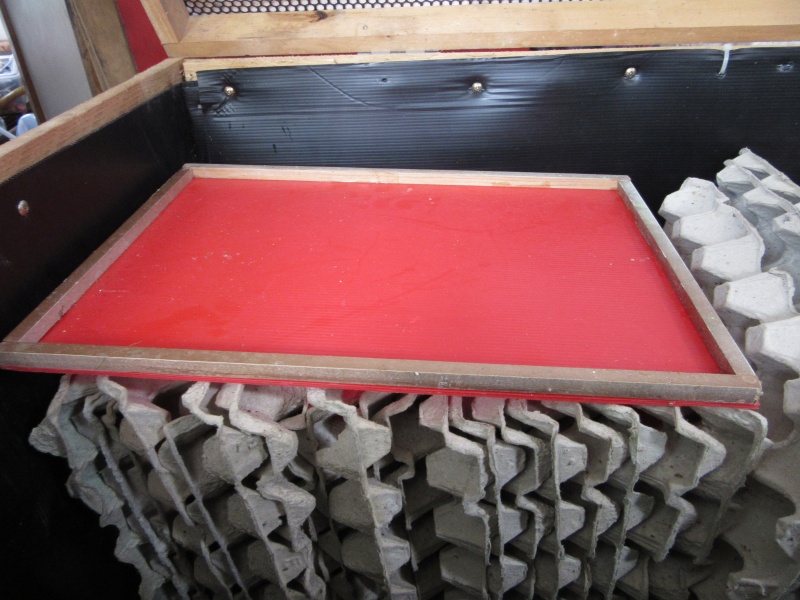
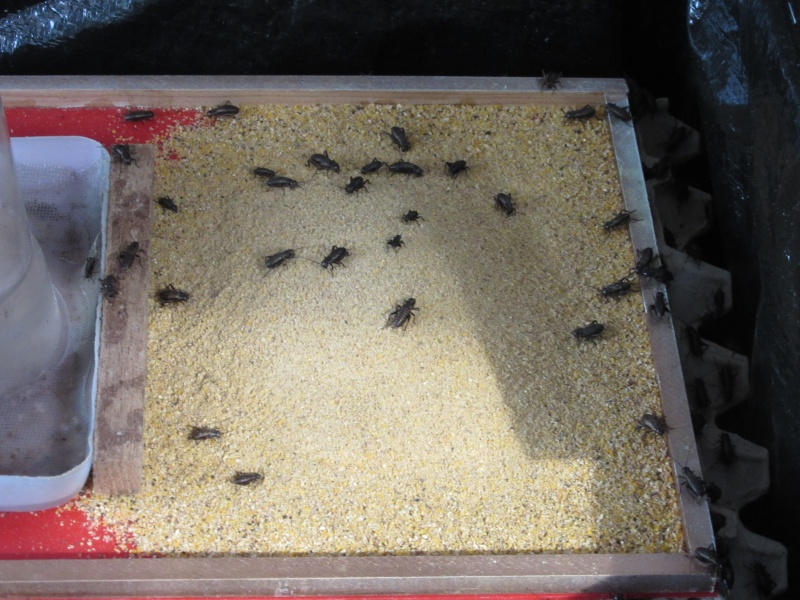
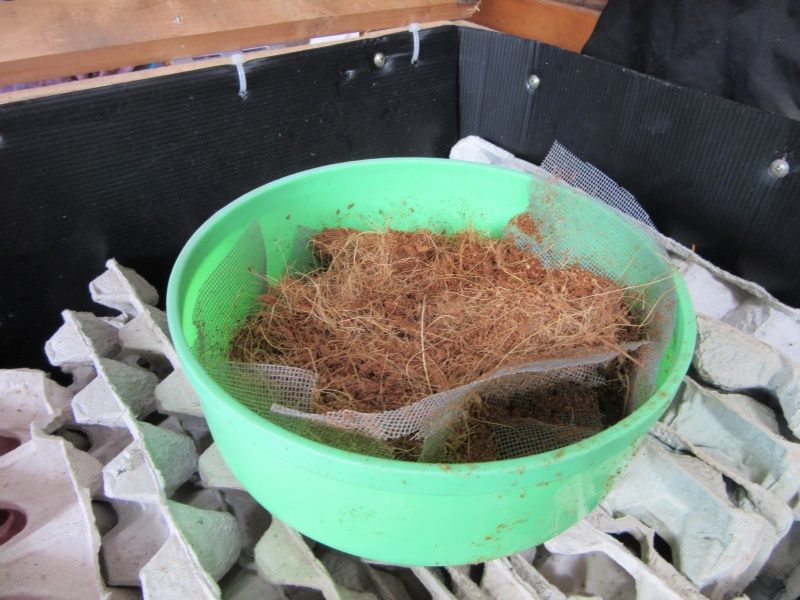
 Français
Français English
English Deutsch
Deutsch Español
Español Italiano
Italiano Português
Português